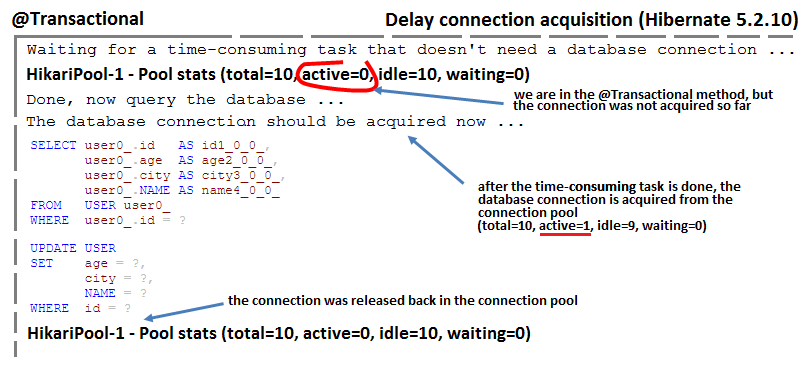Auto Primary Key Generator In Hibernate
For Oracle auto generation primary key annotation, Sequence and Table are your choices. The basic logic is to define a generator first, use @SequenceGenerator or @TableGenerator respectively, then use the generator as attribute in @GeneratedValue. Aug 08, 2017 Simple vs Composite primary keys. A simple primary key consists of a single Java field which maps to a single table column. A composite primary key consists of multiple Java fields which individually map to separate columns. Supported types for a primary key. A simple primary key field or one of the composite primary key field should be one of the following types: Any Java primitive type. Jun 06, 2010 How to auto generate the primary key. Easy to follow step by step tutorial on Java Hibernate Framework using JPA annotations. How to auto generate the primary key. Skip navigation. Mar 29, 2018 The id column is also the Primary Key of the post table, and it uses a SERIAL column type. The id column will be automatically be assigned the next value of the underlying postidseq sequence generator. If you have a numeric column that you want to auto-increment, it might be an option to set columnDefinition directly. This has the advantage, that the schema auto-generates the value even if it is used without hibernate. This might make your code db-specific though: import javax.persistence.Column; @Column(columnDefinition = 'serial') // postgresql.
For a relational database like PostgreSQL, it could widely be considered a sin among developers not to include a primary key in every table. It is therefore crucial that you do your utmost to add that all-important primary key column to every table, and thankfully Postgres provides two methods for accomplishing this task.
Using the Serial Data Type
License Key Generator
By far the simplest and most common technique for adding a primary key in Postgres is by using the SERIAL or BIGSERIAL data types when CREATING a new table. As indicated in the official documentation, SERIAL is not a true data type, but is simply shorthand notation that tells Postgres to create a auto incremented, unique identifier for the specified column.
Below we’ll create our simple books table with an appropriate SERIAL data type for the primary key.
As you’ve seen, you can also use UUIDs as primary keys and let Hibernate handle the value generation. Hibernate’s UUIDGenerator supports the creation of version 1 and version 4 UUIDs as defined by IETF RFC 4122. By default, it generates version 4 UUIDs which is a good fit for most use cases. =specify autoincrement attribute for primary key. On a further advanced usage, you can make use of TABLE strategy GenerationType.TABLE where you can specify the primary key from a separate table and you can specify this table as @TableGenerator. Hibernate also has a generation strategy: native. It appropriately selects the generation strategy based upon the underlying database's capability.
By simply setting our id column as SERIAL with PRIMARY KEY attached, Postgres will handle all the complicated behind-the-scenes work and automatically increment our id column with a unique, primary key value for every INSERT. /generate-equivalent-expressions-lesson-78-answer-key.html.
Using a Custom Sequence
In some rare cases, the standard incremental nature built into the SERIAL and BIGSERIAL data types may not suit your needs. In these cases, you can perform the same auto incremented primary key functionality for your column by creating a custom SEQUENCE, similar to the method used in older version of Oracle.

Perhaps we’re particularly fond of even numbers but also have a strong distaste for anything smaller than 100, so we only want our primary key to be incremented by two starting at 100 for every insert. This can be accomplished with a custom SEQUENCE like so:
Now when we INSERT a new record into our books table, we need to evaluate the the next value of our sequence with nextval('books_sequence') and use that as our id.
Key Generator Download
Generating primary key column sql. SEQUENCES can be spiced up even more if desired, with options like minvalue and maxvalue to of course indicate extreme values, and even CYCLE, which allows the sequence to “loop around” once it reaches the maxvalue, returning back to the start value and beginning the climb all over again. Far more information can be found in the official documentation.